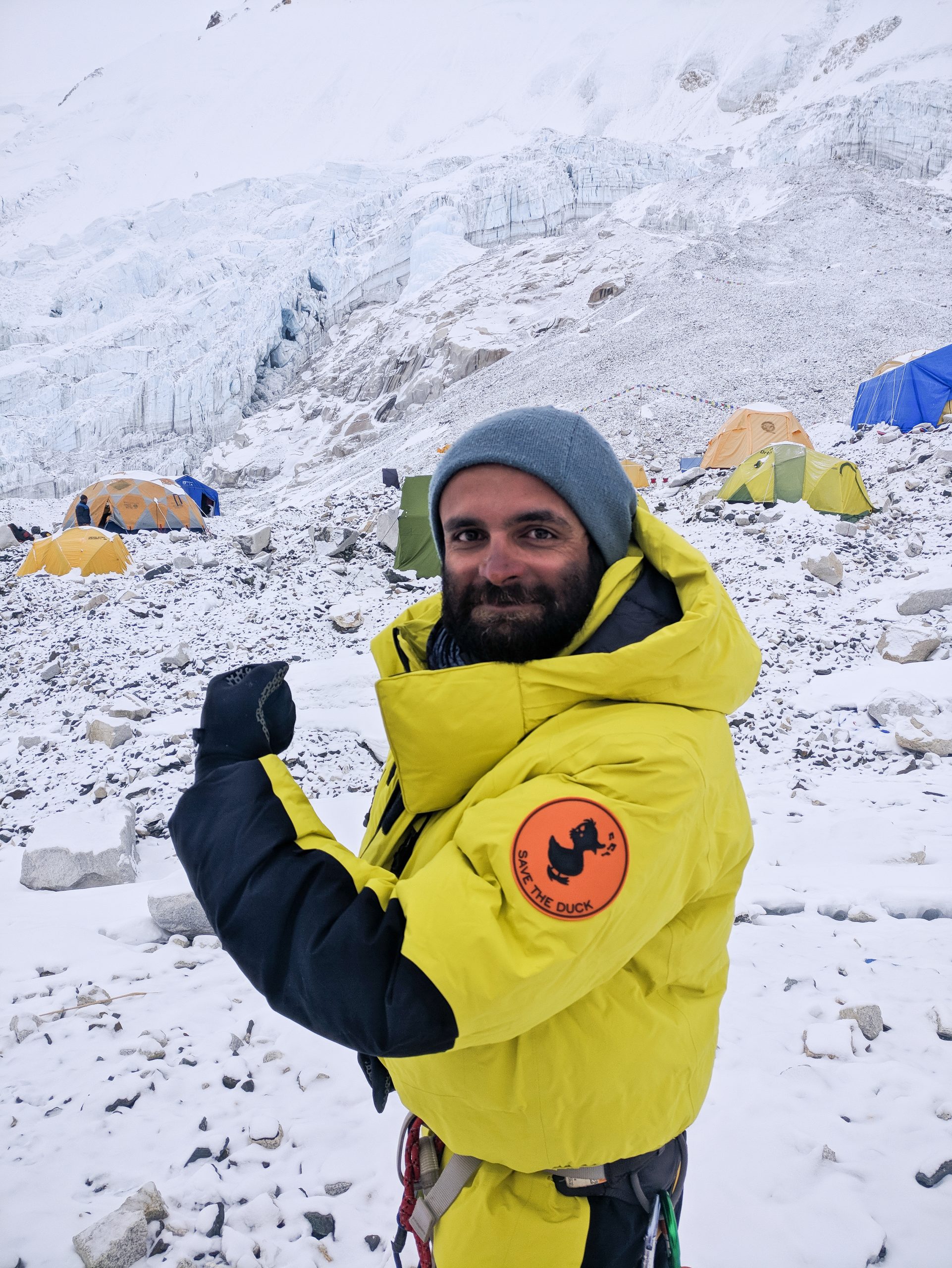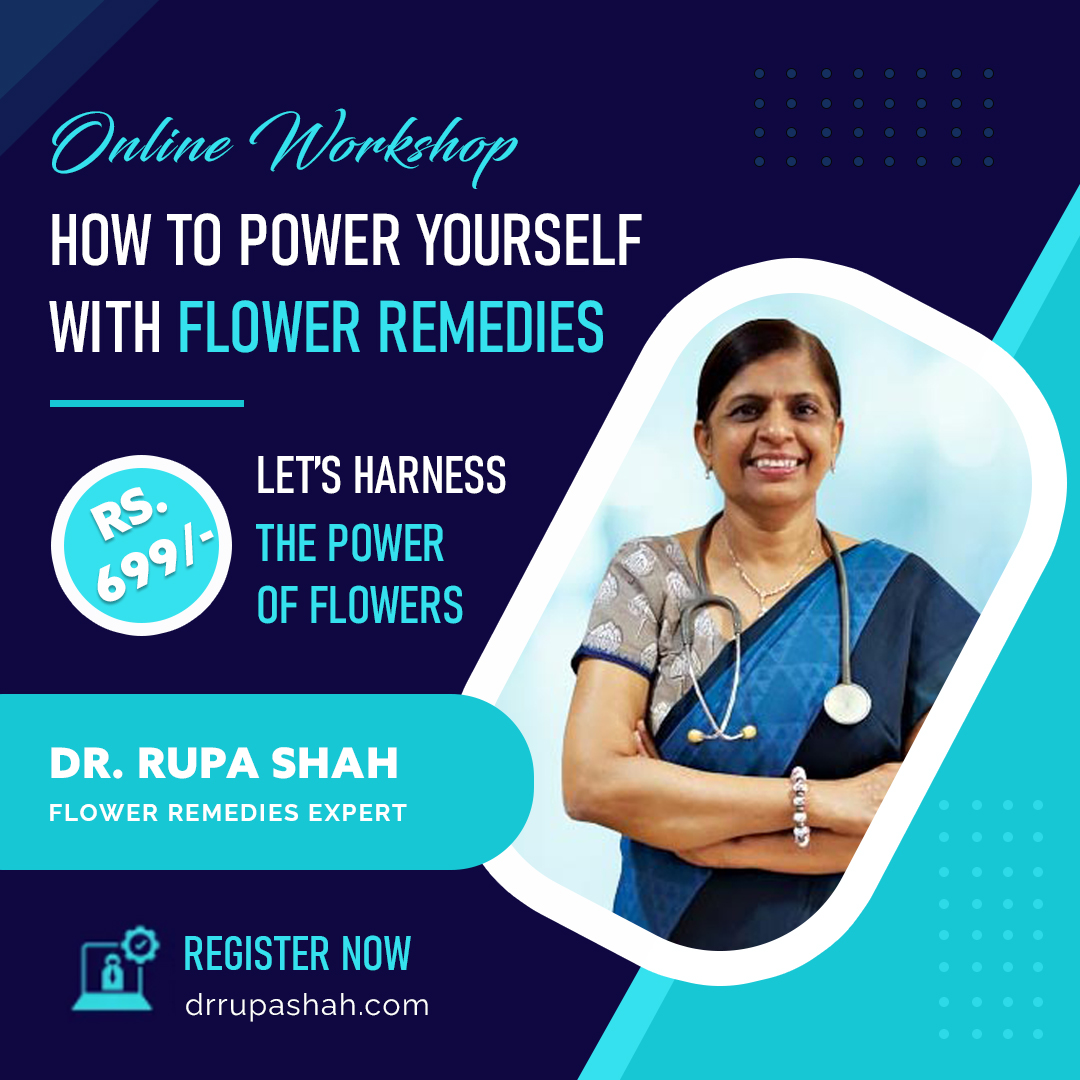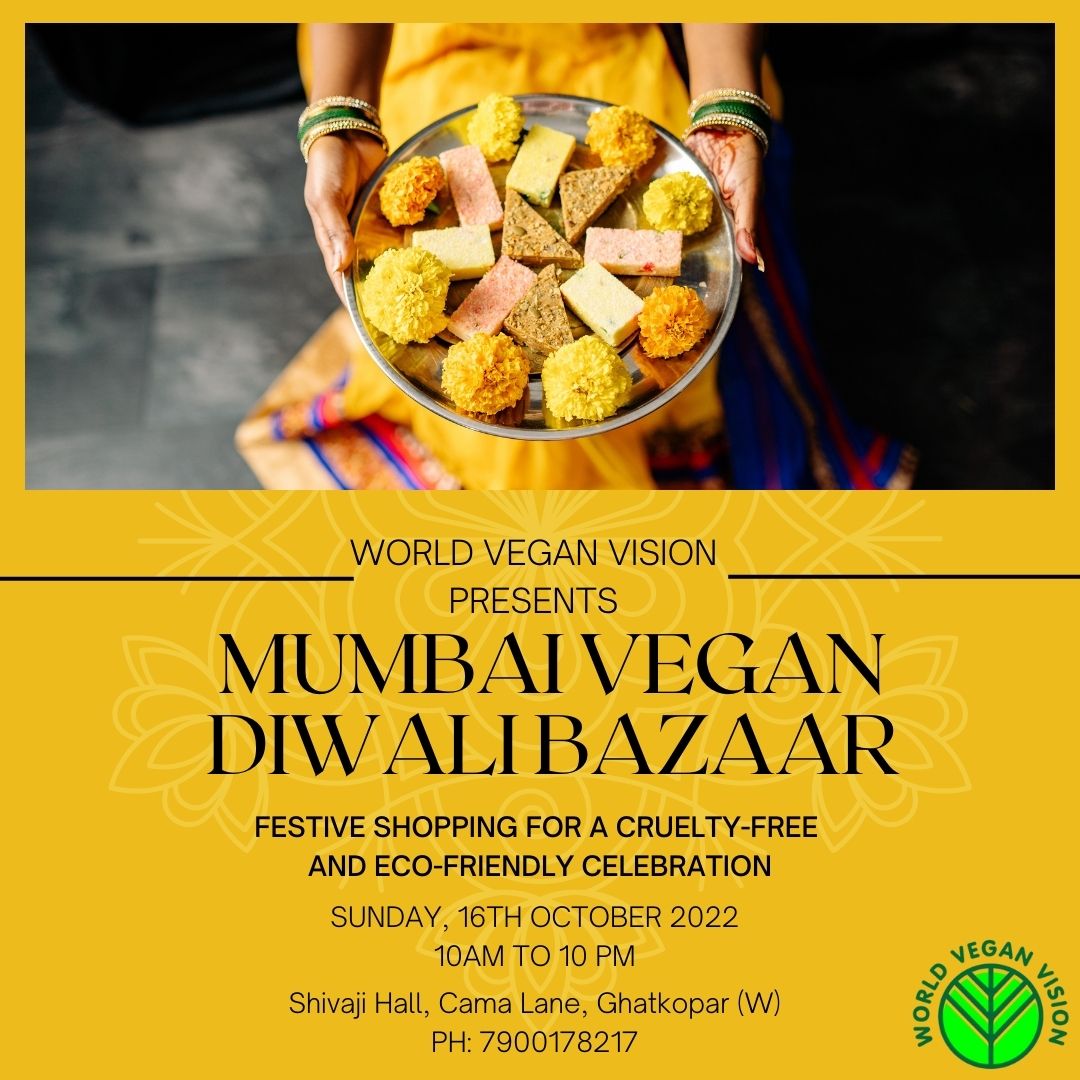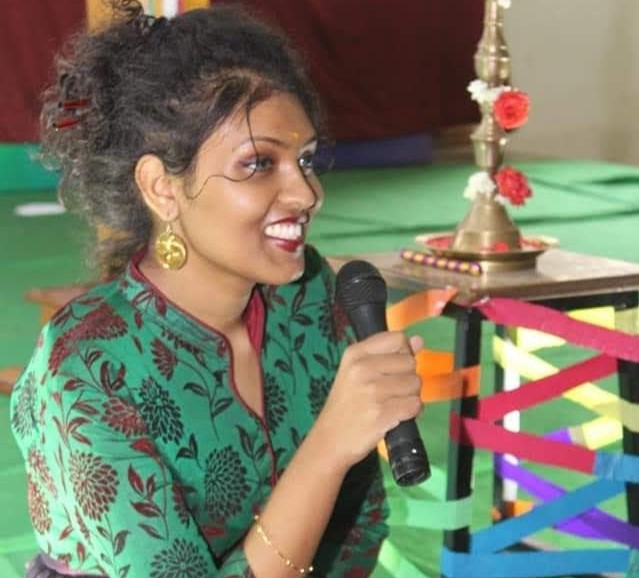Despite surviving a near-fatal avalanche in April 2015, Kuntal Joisher never lost sight of his vision to scale Mt Everest in a 100% vegan kit. The city-based software engineer shares his remarkable journey and reveals the fitness codes that he lives by.
When and how did you turn Vegan?
Born in a vegetarian family, in my school days, I shunned cakes made with eggs, but ate chocolates with eggs in it, and wore leather belts. All these choices were not in alignment with my belief system that I was compassionate, as I didn’t directly harm animals. Later, I went to the US for further studies, and I had a roommate who was ethical vegetarian. Soon, he started sharing lots of information about the dairy, egg and leather industries. Intrigued, I started doing research, watching videos and I connected the dots that a piece of steak, a glass of milk, a block of cheese, and a leather belt – are all the same and come from abused animals. I could not reconcile with the fact that as a Vegetarian I was contributing to animal abuse and cruelty, and so I had to take a stand. That is the moment I turned Vegan, and it happened overnight. The next step was to sanitize my lifestyle choices and even the products in my house. This was back in 2002. Now, it has been 16 and a half years since I have become a vegan and frankly speaking, its one of the best decisions I have made in my life.
When you turned vegan, did you face any skepticism from your family members or colleagues?
Yes, sure, there is an adjustment period when you have just turned vegan, but considering that 80 billion animals are slaughtered every single year and by knowing about their suffering, this adjustment phase to me became nothing. The bigger problem was managing people’s expectations and mindsets. In the US, people respect your decisions. But it was after I returned to India, and when I visited relatives, then the problem started. They would say “Thoda ghee ya ek paneer ka piece dal diya toh kya problem hai!” Initially, there was friction. Over the years, they realized that I was not trying to change them; instead they were trying to change me. Gradually, they started respecting my choices. Initially, nobody went vegan, but after I climbed Everest, I think that thousands of people have turned vegan.
You have said in the past that you had a calling to climb the Everest. Can you elaborate about that?
This was all by chance. Back in 2009, I was a software engineer living a 9-to-5 life, and enjoyed vegan fast foods and junk foods. I was 110kg and had no inclination towards fitness or trekking. In February 2009, Dipti, my wife, and I travelled to Shimla to experience the snow, but for the first 5-6 days there was no snow. On the seventh day, we drove to a town called Narkanda, HP, and from there planned to drive to Hatu peak, which was 8km away, to get closer to the snow. About a kilometer into the drive, we ran into a foot of snow and the car couldn’t go any further. We got down and played with the snow, and started walking until we reached Hatu peak. And it was that moment on top of Hatu that I realized that this was how I wanted to feel for the rest of my life. Just think about how constantly we are preoccupied about planning of the future or thinking over all our past mistakes–all of that melted away and the present moment came into focus. I was able to live in that moment–I was happy and alive like never before. For the rest of my life, I want to chase this state of mind that I was experiencing.
I returned to Mumbai, and thought that when I would return to work and write my next piece of code, I would feel exactly like how I felt on the top of that mountain. Unfortunately, I did not–anything I did in the city did not inspire me the same way, so I signed up for another mountain trek a month later. And again, I experienced the same sense of exhilaration. About a year and a half and many treks later, I signed up to trek to Everest Base Camp. After 10 days of hiking across some beautiful landscapes, we reached Pumori Base camp, which is next to Everest Base camp. That evening, we were in the dining tent, eating and chatting, and the Sherpa called out to me to look at the Everest. When I went outside I saw the most magical scene of my life. The last rays of sunset were falling directly on Everest. The other mountains had faded into the evening hues, but Everest was burning golden in color, as if someone had set the snow on fire. And in that very moment – I had found my dream. I had found my calling, although my aspiration seemed impossible that day–like reaching on Moon. But I promised myself that I was going to return. This was in October 2010, when I resolved to climb the Everest.
How did you start preparing for the Everest expedition?

One of my expedition leaders, Tim Repel, advised that the secret behind climbing Everest is to build a “top-of-the-world” body and mind. When I returned home I knew the journey is going to be about building a strong body and mind. Building the body did not seem complicated because there is a blue print to getting physically fit. You just figure out what you need to do and just do it with discipline and consistency for a few years and you can achieve that desired level of fitness.
I broke my fitness journey into three parts:
1. Build superior cardiovascular endurance
2. Build muscle strength to support cardiovascular endurance
3. Achieve a resting heart rate below 45 BPM (Critical)
As an engineer, I like to reverse engineer important processes. I did the same for climbing Mt. Everest and I saw a pattern in all the famous & successful Everest climbers, and that pattern was that each one had a resting heart rate of about 38 or 40 BPM. So these were the three things I had to focus on and to give you a sense of what a training week would look like.
WEEKLY TRAINING SESSIONS
Monday, Wednesday, Thursday & Weekends
• Hiking: Leave Mumbai at 4am and reach the base village by 6:30am. Finish the hike in 2 hours, a typical hike that would take most people 6-7 hours to finish. Return to Mumbai by 10-10:30am, shower and get back to work. During the weekends, I would hike for 8-24 hours and this would be done at a very slow pace. These were for my high-sped, high heart-rate cardios.
• Fitness Studio: About 2-3 training sessions without machines, but using my own body and weight to work out–fundamental exercises like pushups, pull-ups, squats, lunges & planks. Then I added a high-intensity interval training, which is almost a workout of only 15 minutes but in that workout you take your heart rate almost as close to your max heart rate–so I would go to anywhere around 190 and bring it down around 110-100, then take it back up again. I constantly worked-out this way over a period of four years and before I went to Everest for the first time, my resting heart rate was around 44. The biggest secret to getting physical fit, is consistency and discipline. Figure out the type of exercises suitable for your goal, and do it daily for years, you will have that body and you will be able to achieve that dream.
Of course, in addition to doing just physical fitness, on an annual basis I used to do 6-7 Himalayan expeditions, small & big, both, so it was a good mix of physical fitness and building the right experience that drove me towards my goal. There is no blue print for mental fitness, but very briefly, 20-25% of your success is physical fitness but about 70-75% is being strong mentally. That’s what is going to get you on top of the world.
Training Routine From 2016 to 2019
In terms of the fitness workouts leading up to 2016, I started off with lots of running, but later switched to stair-climbing in my building, which has five floors. I would regularly run up and down the stairs; almost 40-60 times, in addition to going for treks. But after 2016, I simplified my workout regime–I focused only on a combination of hiking and strength training for my 2018 Lhotse and 2019 Everest expeditions. Hiking meant that I built fair bit of muscle memory which helped me immensely during 2018 and 2019 expeditions, and regular strength training meant that I was able to stay injury free.
Overall Fitness Round-up
As an endurance athlete, I don’t need bulky body or muscles that are required by the bodybuilders, so I don’t prefer traditional gym workouts. I focus on fundamental exercises like pushups, pull-ups, planks, lunges, squats and variations of these; it’s all about overall fitness. A lot of people think that because I’m climbing, my lower body is fitter that my upper body, but that’s not how it works. Your entire body is connected, so if one part of body is stronger than another part of the body, then there will be an imbalance which leads to a lot of strain in particular muscle groups. Thus, instead of just working out my lower body or my upper body, I work on building a balanced body that would be agile and efficient while on the mountains.
How did you go about sourcing cruelty-free gear for your second Everest expedition?

Finding vegan gear was not a problem at all, as long as I was climbing smaller mountains. From vegan thermal wear, sleeping bags to boots–I was able to figure out everything. The challenge was when I decided to climb Everest.
For the expedition, we wear a One Piece Suit, made of feathers of slaughtered geese called down, which protects us from the temperatures as low as -50C at 29,000 feet, where there is no oxygen. Through extensive research, I realized that a synthetic one-piece suit had not yet been manufactured anywhere in the world. I started writing to gear companies, but the companies replied stating that developing such a suit was not viable. I even considered building my own suit with synthetic insulation already available in the market, but the results were not practical. Finally, for my first expedition, I bought a down suit, which I consider a failure at that time.
However I did not give up. I continued searching for an animal-free suit so that I could complete my dream of a 100% Vegan ascent of Everest. I wrote to a company called Save the Duck which specializes in manufacturing animal-free jackets. They didn’t have mountaineering gear in their catalog, but they agreed to work on one for me, for we both shared the same vision. After about 8 months of R&D, they made the world’s first animal-free one piece suit for 8000m mountains; and guess what? 50% of the suit was made from recycled materials. Good for the animals, and the planet. It was time to go back to Everest! However, I was worried and scared. The suit had never been tested in extreme conditions before. I would be risking my life, fingers and toes high up inside the death zone in bone-chilling cold, high winds, and thin air. But I was ready – more than ever – for the animals!
In 2018, I climbed Mt. Lhotse, the 4th highest peak in the world, wearing the one piece suit built by Save the Duck. I reached the top and back down without a scratch, no frostbite, no cough, no illness at all. Having done that, I decided to return to Mt. Everest! This time around, I decided to climb from the Chinese side, which is known to be colder and windier. I wanted to test my animal-free suit in the harshest conditions possible, and if I could stay warm and climb safe it would mean that suit works!

Save The Duck graciously sponsored my Everest expedition. Finally, I had the money and I had the suit, and was ready. I had this dream in 2010, and in 2019 I achieved it. When I was on top, I had a vegan flag in my hand and those 5 minutes on top of Everest were the best five minutes of my life because I was able to summit as a 100% vegan and show the world that no animals need to die for us to achieve the biggest dreams.
Between your two expeditions to the Everest in 2016 and 2019, what was the difference in your diet regimen?
While on Everest expeditions, we have a base camp kitchen, where they provide freshly cooked food–everything from French fries to pizzas to roti-sabji and dal-rice or parathas–anything you want can be made at the basecamp. There was not much of a difference in my diet during both the years, but in 2019, I adding a mealshake, called Nutrimake, which was essentially about 700 calories in a packet and a complete meal in term of carbs, simple & complex, both your fats, proteins and all the essential vitamins and minerals. With this mealshake, I don’t have to worry about my macros and micros, and it also helps with muscle retention and synthesis. The mealshake helped me through my 2019 expedition; I ate a serving of Nutrimake daily (about 45 servings throughout the expedition) with my breakfast. And this was not just during the expedition, but even eight months before the expedition for breakfast every day.
We were eight climbers on the team¬–five Russians, two Indians and one French. During the expedition, apart from me, throughout the expedition, the seven climbers either had chest or stomach infections or other health issues. My immunity on the mountains was really strong–I never caught a cold, or fell sick, and did not even have a stomach infection, which I attribute to my balanced vegan food.
Protein Intake & Balance
People across the world, have differing opinions on protein intake. Through my experience, I have figured that the protein levels start from one gram of protein per kilo of your body weight–slightly on the higher side. As an endurance athlete, a runner or a hiker or a bodybuilder you can go from 0.8gm up to 1.5gm of protein per kilo of your body weight. If you have a sedentary lifestyle, your requirements are lower than 0.8 grams of protein per bodyweight–you need to figure this out for yourself. For me, I have to hit about 62gm of protein per day. Maybe a little extra sometimes. And with 30gm of protein mealshake, I am meeting almost 50% of my protein requirements with my first meal itself. All of this, combined with what I was eating at base camp, and at higher camps ensured that I had the required amount of calories and the energy to climb the mountain, safely and reliably, which is crucial. So your food intake is critical to conquer a mountain–you have to be smart about it.
On the mountain, most climbers struggle to digest food as the body becomes very sluggish due to the lack of oxygen. What I am getting to is that the vegan food is the lightest food and the easiest food to digest. Dairy, eggs and meat, is not going to get digested, which will cause problems. Also, at higher altitudes, the meat and eggs are stored in questionable conditions so there is risk of bacterial contamination, that can give you a stomach infection. During my expeditions, most of the time I was climbing with non-vegetarians who were often running to the toilet. That is because they ate a lot of meat and they were constantly getting stomach infections.
It’s simply smarter to eat vegan food which is going to keep your stomach and bowels functioning well and at the same time, you get the energy to climb to the top. Safely and reliably.
You made two attempts to climb Everest, which didn’t work out. In the interim period, what kept you focused and driven?
Imagine, waking up in the morning and the only thing making sense in your life is Mt. Everest, not your family, or job or anything else, just Everest. If you are obsessed with your passion to this extent, then it’s easy to stay focused and keep going! Not even for a moment in last 10 years, have I ever lost focus. To people who want to climb the Everest–if you are not obsessed to climb it with this level of intensity, then better not climb it, because there are risks of losing your life or losing fingers or toes on that mountain. So you need that level of focus, that level of commitment to climb the mountain safely and to come back down in one piece. I have never thought of giving up as I always knew and believed that I was going to climb Mt. Everest.
Vatsal Nathwani & Nandita Kapadia











